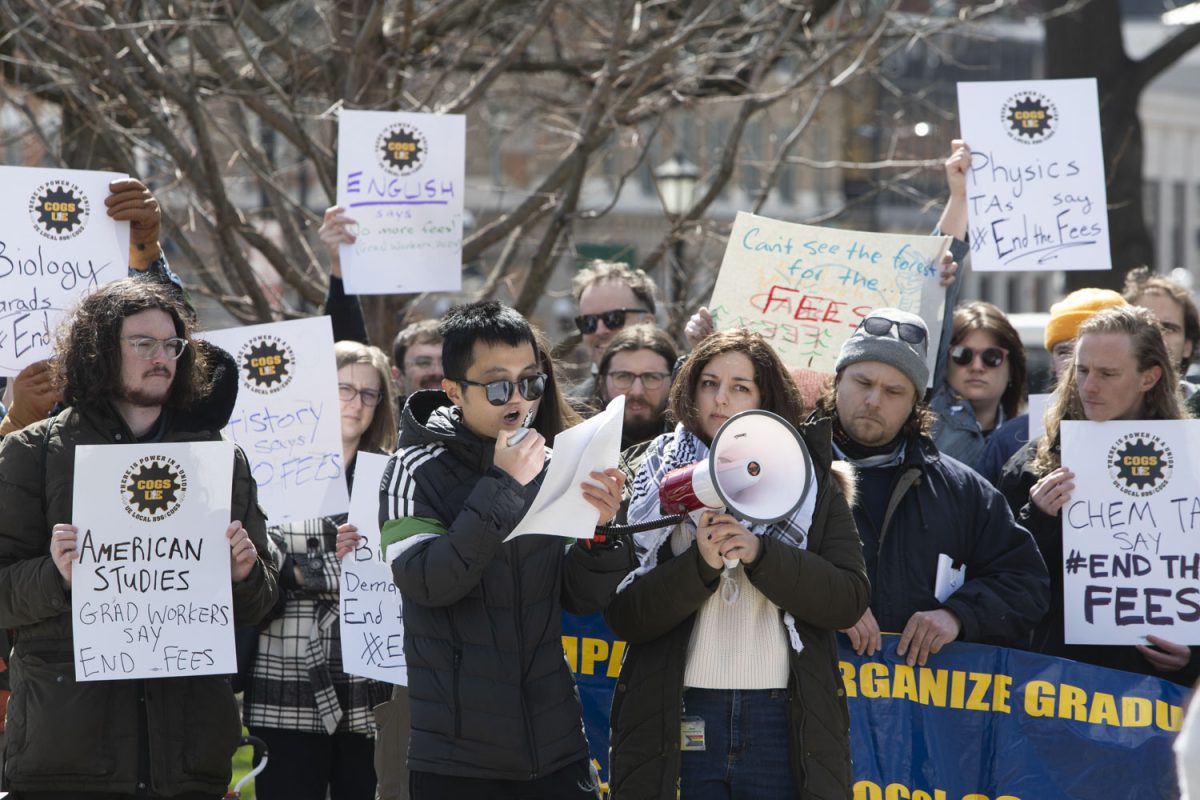There’s little debate that wind energy has been a boon to Iowa’s economy and is an integral component of future economic prosperity. The Iowa Wind Energy Association notes that the wind industry employs 6,000 to 7,000 people in the state, 25 percent of Iowa’s electricity comes from wind (the highest nationwide), and 75 percent of Iowa would be hospitable for further development of wind energy.
However, the wind-production tax credit of 2.3 cents per kilowatt-hour for wind energy producers is set to expire at the end of the year, barring action from Congress. Given the legislative body’s recent track record, expiration is entirely possible.
It’s not as though the tax credit is necessarily a clear-cut positive for the economy. Free-market advocates tend to argue that the wind-production tax credit is unnaturally propping up the wind industry and creating more supply than there is demand. Wind energy’s supporters, however, usually respond that the wind industry still isn’t strong enough to compete with its dominant fossil-fuel competition and that letting the tax credit expire would imperil thousands of jobs that the industry is projected to create.
Fortunately, there is a middle ground in this debate, but it is often veiled in terms that each side finds politically expedient. When Congress has periodically allowed the wind-production tax credit to expire over the past two decades, investment in wind energy has fallen dramatically; whenever the credit has be restored, wind-turbine installation has shot back up. While the industry characterizes this as a boom-and-bust cycle, free-market proponents such as the Heritage Foundation denounce it as a sign of dependency and say the industry is oversupplying the market.
Regardless of how it’s framed, the uncertainty that chronically surrounds whether Congress will renew the wind-production tax credit is a serious systemic problem that must be addressed with a long-term policy solution. Far more important than the immediate future of the tax credit is whether companies can depend on government subsidies in the long run.
A study by the Massachusetts Institute of Technology found that in 2012, the existing wind capacity in the United States could product 60 gigawatts of electricity. If not for occasional lapses in the wind-production tax credit, the study estimated the United States would have had an additional 10 gigawatts of wind capacity.
Uncertainty about whether the tax credit will be renewed for the following year also has led to massive layoffs nationwide.
In August of 2012, LM Wind Power announced that it would lay off 94 employees and 140 temps at a factory in Little Rock, Ark.
Around the same time, Clipper Wind Power in Cedar Rapids laid off 174 of its 550 workers, also citing concerns about whether the tax credit would be renewed for 2013.
No responsible lawmaker can look at the annual choice to extend the wind-production tax credit and consider it a good idea. Congress is too volatile and reckless to be trusted to provide stability by voting on the tax credit every year.
With so many Iowa, and more broadly, American, jobs at stake, the wind industry needs stability. Whether that means renewing the tax credit for several years, slowly weaning the industry off government subsidies, or other long-term measures, the economic success of wind energy, like any other industry, requires certainty that it sorely lacks.





